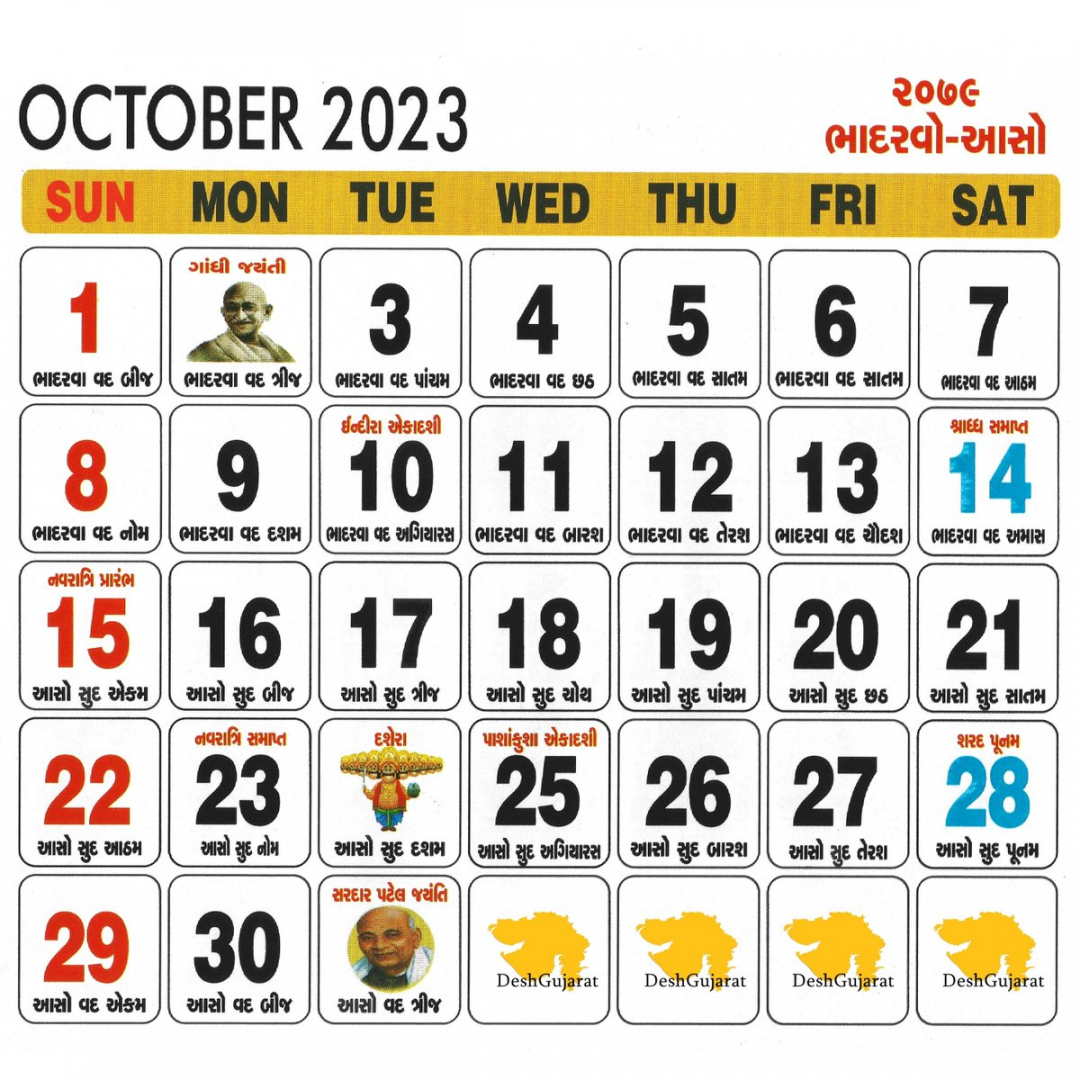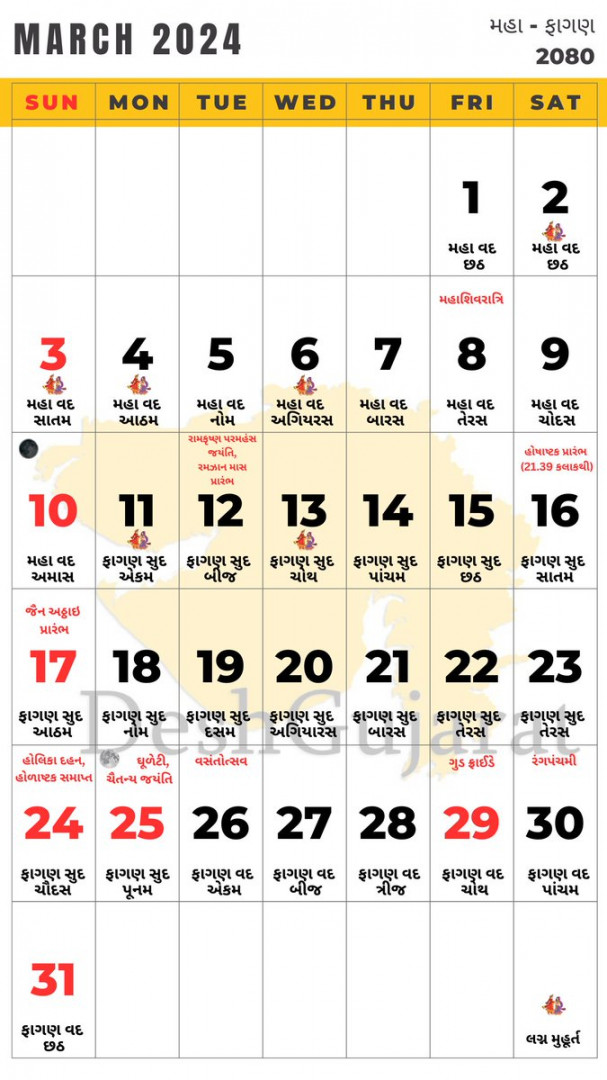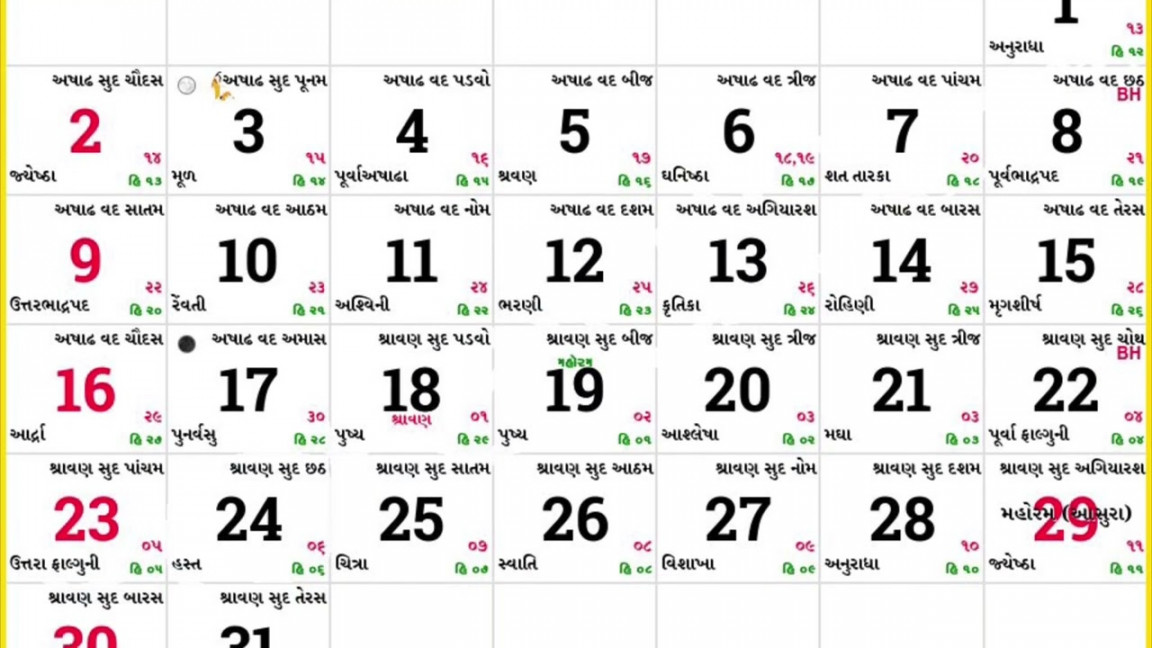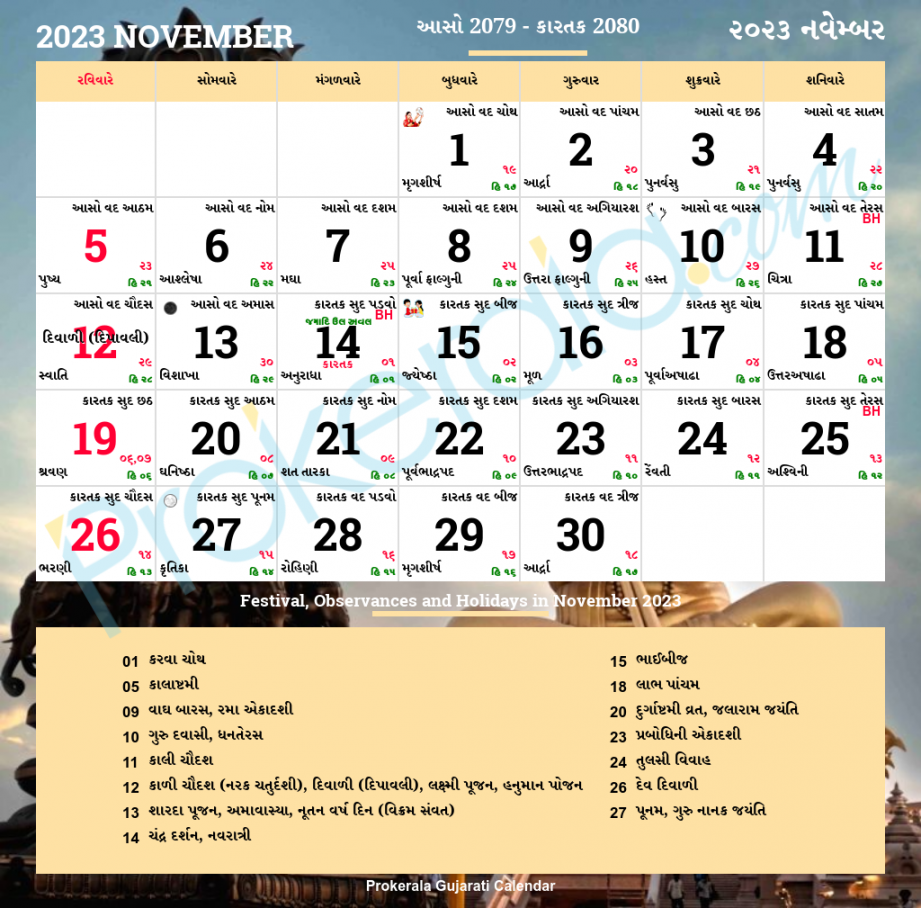2023 Full Moon calendar: Dates, times, types, and names
For millennia, Full Moons have wielded a magnetic charm that has seized human hearts and minds. Across diverse cultures and eras, this consistent monthly event has been the inspiration behind innumerable myths, tales, traditions, and even agrarian activities.

So, let’s delve deeper into the various types of Full Moon, see the calendar of Full moons for 2023-24, and answer some of the most commonly asked questions about this enthralling lunar phase.
The next Full Moon — and the last of 2023 — is the Cold Moon at 7:33 p.m. on Dec. 26.

Here’s the complete list of Full Moons in 2023 along with their traditional names.
2023 Full Moon schedule

(all times Eastern)
Jan. 6 — Wolf Moon Feb. 5 — Snow Moon March 7 —Worm Moon April 6— Pink Moon May 5 —Flower Moon June 3 — Strawberry Moon Aug. 1 — Sturgeon Moon Aug. 30— Blue Moon Sept. 29 — Corn Moon Oct. 28 — Hunter’s Moon Nov. 27 — Beaver Moon 7:33 p.m. Dec. 26 — Cold Moon The phases of the Moon in December 2023

These images below show the day-by-day phases of the moon this month.
Note: Moon phases in the calendar vary in size due to the distance from Earth and are shown at 0h Universal Time. Credit: Astronomy: Roen Kelly The moonrise and moonset schedule this week
The following is adapted from Alison Klesman’s The Sky This Week article, which you can find here.
Monday, December 18
Sunrise: 7:17 A.M.Sunset: 4:36 P.M.Moonrise: 11:48 A.M.Moonset: 11:13 P.M.Moon Phase: Waxing crescent (39%)
Tuesday, December 19The Moon passes 1.3° south of Neptune at 8 A.M. EST; our satellite then reaches First Quarter at 1:39 P.M. EST.
An hour after sunset, the Moon has moved east of Neptune and the two stand high in the south. The distant ice giant is not visible to the naked eye and you will need binoculars or a telescope to spot its magnitude 7.8 glow. The planet lies about 5° due south of Lambda (λ) Piscium, the southeasternmost star in the Circlet of Pisces.
Shift your gaze back up to Lambda, then look 2° to its northeast. You should land on a deep red magnitude 5 star. This is TX Piscium, also cataloged as 19 Piscium and the easternmost star in the Circlet. TX is a variable star known as a carbon star; these are some of the reddest stars in the sky, as carbon in their atmospheres scatters away any blue light they emit.
Sunrise: 7:17 A.M.Sunset: 4:37 P.M.Moonrise: 12:12 P.M.Moonset: —Moon Phase: First Quarter
Wednesday, December 20
Sunrise: 7:18 A.M.Sunset: 4:37 P.M.Moonrise: 12:36 P.M.Moonset: 12:24 A.M.Moon Phase: Waxing gibbous (61%)
Thursday, December 21Asteroid 4 Vesta reaches opposition today at 2 P.M. EST. The main-belt world is visible all night, roughly from sunset to sunrise, in the constellation Orion.
The winter solstice occurs at 10:27 P.M. EST, bringing the official start of winter to the Northern Hemisphere (and the start of summer in the Southern Hemisphere). On this day, the Sun takes its most southerly path through Northern Hemisphere skies (and, accordingly, its most northerly path through Southern Hemisphere skies).
Many people also think that the winter solstice is the shortest day and longest night in the Northern Hemisphere, but that’s not quite true. You can read why, as well as discover some other cool things about the winter solstice, in a past article from former Astronomy senior editor Rich Talcott (now a frequent contributing editor).
In addition to the solstice, today is special for another reason: We are seeing the waxing Moon fully face-on tonight. What does that mean? Over the course of a month, the Moon can appear to “nod” up and down as it orbits, an effect called libration. Sometimes we see more of its north pole, and sometimes more of its south pole. Today, we are looking directly toward the center of our satellite. In previous days, we were getting a peek at more southerly locales, but now we will start to view more of the northern regions as Luna begins to tilt its face back down, like a person nodding their head down to tuck their chin.
Sunrise: 7:18 A.M.Sunset: 4:38 P.M.Moonrise: 1:00 P.M.Moonset: 1:36 A.M.Moon Phase: Waxing gibbous (72%)
How and why do Full Moons occur?
The phenomenon of a Full Moon arises when our planet, Earth, is precisely sandwiched between the Sun and the Moon. This unique alignment ensures the entire side of the Moon that faces us gleams under sunlight. And thanks to the Moon’s orbit around Earth, the angle of sunlight hitting the lunar surface and being reflected back to our planet evolves, giving birth to varied lunar phases.
Related: The best telescopes for beginners
These phases span the New Moon, waxing crescent, First Quarter, waxing gibbous, Full Moon, waning gibbous, Last Quarter, and waning crescent. A cycle starting from one Full Moon to its next counterpart, termed the synodic month or lunar month, lasts about 29.5 days.
Though a Full Moon only occurs during the exact moment when Earth, Moon, and Sun form a perfect alignment, to our eyes, the Moon seems Full for around three days.
Different names for different types of Full Moon
There are a wide variety of specialized names used to identify distinct types or timings of Full Moons. These names primarily trace back to a blend of cultural, agricultural, and natural observations about the Moon, aimed at allowing humans to not only predict seasonal changes, but also track the passage of time.
For instance, almost every month’s Full Moon boasts a name sourced from Native American, Colonial American, or other North American traditions, with their titles mirroring seasonal shifts and nature’s events.
A composite of each month’s Full Moon is 2020. Credit: Soumyadeep Mukherjee
Wolf Moon (January): Inspired by the cries of hungry wolves.
Snow Moon (February): A nod to the month’s often heavy snowfall.
Worm Moon (March): Named after the earthworms that signal thawing grounds.
Pink Moon (April): In honor of the blossoming pink wildflowers.
Flower Moon (May): Celebrating the bloom of flowers.
Strawberry Moon (June): Marks the prime strawberry harvest season.
Buck Moon (July): Recognizing the new antlers on bucks.
Sturgeon Moon (August): Named after the abundant sturgeon fish .
Corn Moon (September): Signifying the corn harvesting period.
Hunter’s Moon (October): Commemorating the hunting season preceding winter.
Beaver Moon (November): Reflects the time when beavers are busy building their winter dams.
Cold Moon (December): Evocative of winter’s chill.
In addition, there are a few additional names for Full Moons that commonly make their way into public conversations and news.
Super Moon: This term is reserved for a Full Moon that aligns with the lunar perigee, which is the Moon’s nearest point to Earth in its orbit. This proximity renders the Full Moon unusually large and luminous. For a Full Moon to earn the Super Moon tag, it should be within approximately 90 percent of its closest distance to Earth.
Blue Moon: A Blue Moon is the second Full Moon in a month that experiences two Full Moons. This phenomenon graces our skies roughly every 2.7 years. Though the term suggests a color, Blue Moons aren’t truly blue. Very occasionally, atmospheric conditions such as recent volcanic eruptions might lend the Moon a slightly blueish tint, but this hue isn’t tied to the term.
Harvest Moon: Occurring closest to the autumnal equinox, typically in September, the Harvest Moon is often renowned for a distinct orange tint it might display. This Full Moon rises close to sunset and sets near sunrise, providing extended hours of bright moonlight. Historically, this was invaluable to farmers gathering their produce.
Common questions about Full Moons Moonrise over the Syr Darya river in Baikonur, Kazakhstan on Nov. 13, 2016. Credit: NASA/Bill Ingalls
What is the difference between a Full Moon and a New Moon? A Full Moon is witnessed when Earth lies between the Sun and the Moon, making the entire Moon’s face visible. Conversely, during a New Moon, the Moon lies between Earth and the Sun, shrouding its Earth-facing side in darkness.
How does the Full Moon influence tides? The Moon’s gravitational tug causes Earth’s waters to bulge, birthing tides. During both Full and New Moons, the Sun, Earth, and Moon are in alignment, generating “spring tides.” These tides can swing exceptionally high or low due to the combined gravitational influences of the Sun and Moon.
Do Full Moons have an impact on human behavior? While numerous tales suggest Full Moons stir human behavior, causing increased restlessness or even lunacy, rigorous scientific analyses have largely debunked these tales. Yet, the legend persists, helping fuel our collective fascination with the Moon and its impact on our lives.
Full Moons, in their myriad forms, stand testament to humanity’s enduring captivation with the cosmos. They evoke not just our celestial connection but also tether us to Earth’s rhythms. Whether you’re an avid stargazer or an occasional night sky admirer, Full Moons invariably call for our attention, inviting both introspection and marvel.
Related: How long is a year on other planets?
Here are the Full Moons to look ahead to next year:
2024 Full Moon calendar
(all times Eastern)
Jan. 25 — 12:54 p.m. Feb. 24 —7:30 a.m. March 25 — 3 a.m. April 23 — 7:49 p.m. May 23 — 9:53 a.m. June 21 — 9:08 p.m. July 21 — 6:17 a.m. Aug. 19 — 2:26 p.m. Sept. 17 — 10:34 p.m. Oct. 17 — 7:26 a.m. Nov. 15 — 4:28 p.m. Dec. 15 — 4:02 a.m.
Here are the dates for all the lunar phases in 2024:
New First Quarter Full Last Quarter Jan. 3 Jan. 11 Jan. 17 Jan. 25 Feb. 2 Feb. 9 Feb. 16 Feb. 24 March 3 March 10 March 17 March 25 April 1 April 8 April 15 April 23 May 1 May 7 May 15 May 23 May 30 June 6 June 14 June 21 June 28 July 5 July 13 July 21 July 27 Aug. 4 Aug. 12 Aug. 19 Aug 26 Sept. 2 Sept. 11 Sept. 17 Sept. 24 Oct. 2 Oct. 10 Oct. 17 Oct. 24 Nov. 1 Nov. 9 Nov. 15 Nov. 22 Dec. 1 Dec. 8 Dec. 15 Dec. 22 Dec. 30